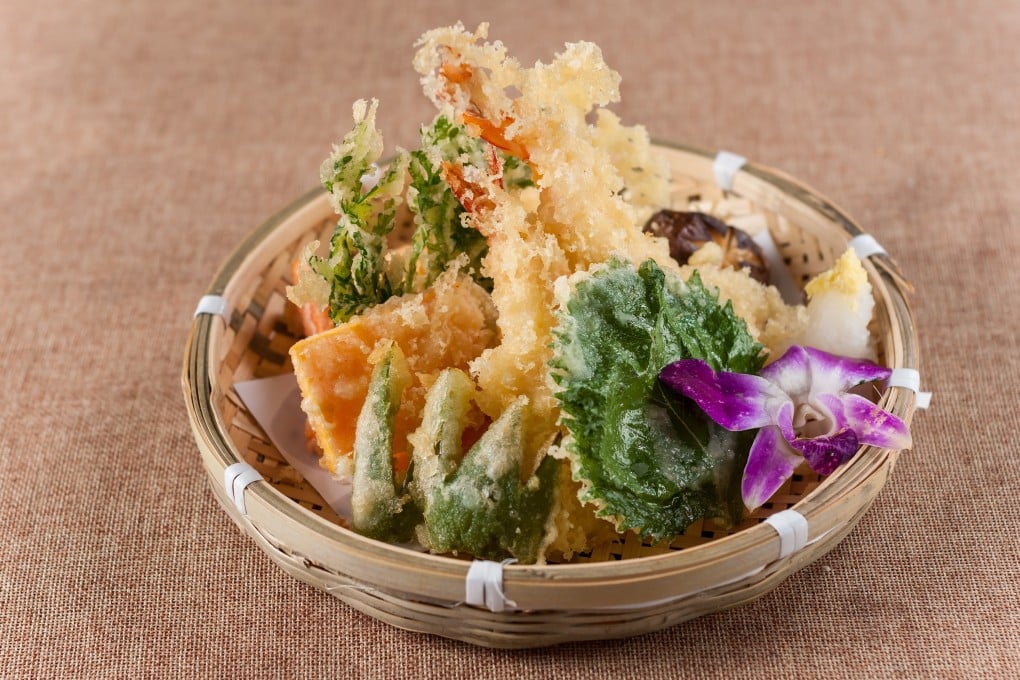Tempura isn’t from Japan: how a fried Portuguese classic became a staple of Japanese cuisine
- Tempura – seafood or vegetables coated in batter and deep-fried – is as much a staple of Japanese cuisine as sushi, but its origins are thousands of miles away
- The Japanese adapted the original recipe by lightening the batter – giving it an airy, crunchy quality – and using it to coat different ingredients

With a flick of his wrist, tempura master Eisaku Hara lightly coats a large tiger prawn with batter and drops it into a sizzling cauldron of golden oil.
After years of training, Hara can simply listen to the sizzle of the hot oil and monitor the size of the bubbles to know exactly when this prawn tempura is perfectly cooked. After no more than 30 seconds he whisks out the prawn, allows any excess oil to drip off, and plates it for his watching diners.
“Tempura is the most difficult Japanese dish to get right, because it is so simple. That’s why I love making it,” says the head chef at Tempura Uchitsu in Hong Kong – the first branch outside Japan for the two-Michelin-star restaurant.
Tempura is a staple in Japanese cuisine, consisting of seafood or vegetables coated in batter and deep-fried. Unlike fried food in the West, however, tempura is known for its light batter, a coating that is airy, crunchy and, surprisingly, not very oily.
The delicacy of the dish is as much about using the best seasonal ingredients – Hara prides himself on only using the freshest – as it is about the batter, made from only eggs, water and flour that has been stored at very low temperatures.
“In Japan, there are two styles of tempura,” Hara, 46, says. “One is the fine-dining style, which we only eat on special occasions. The other is the sort that people eat every day, either for lunch or for dinner. That’s the fast-food style and it’s very popular.”